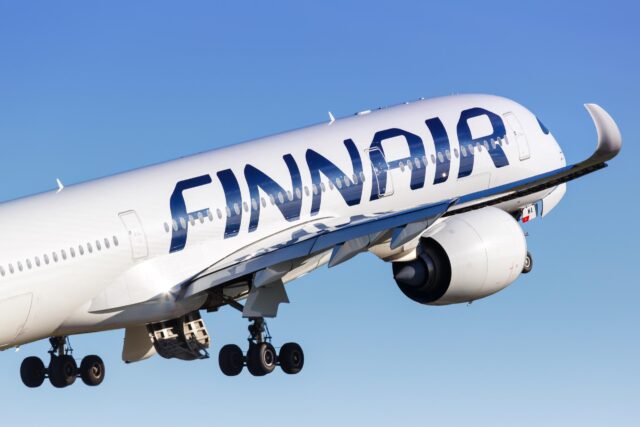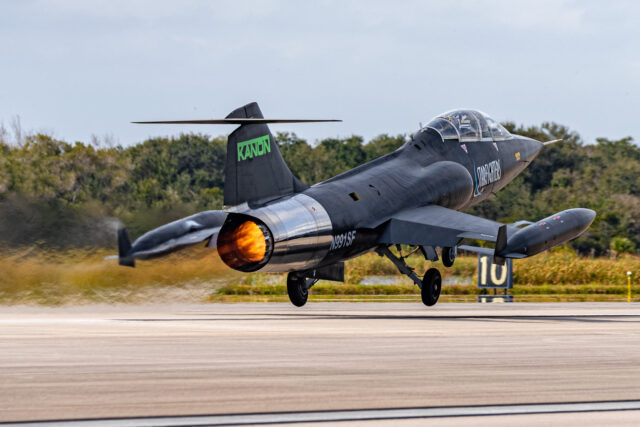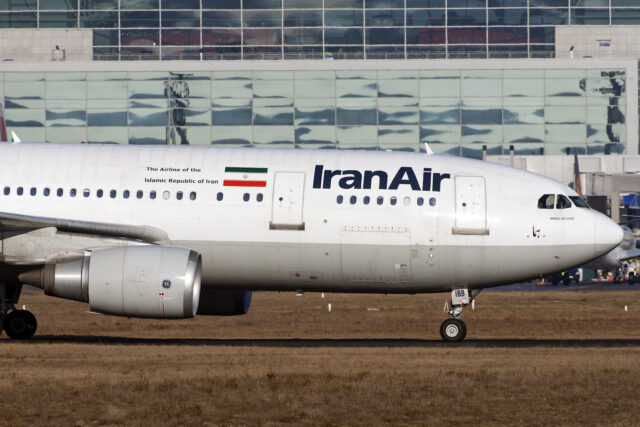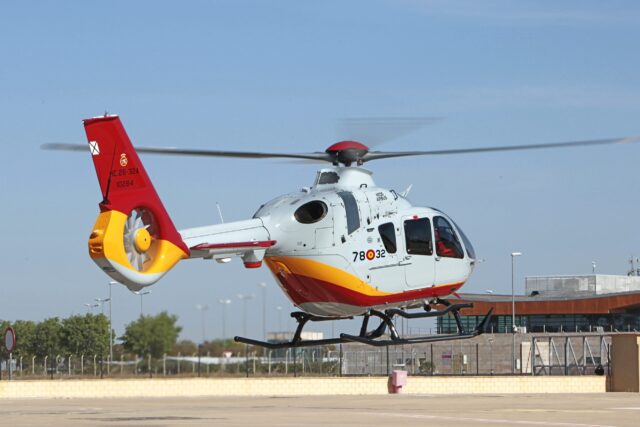Air Astana, Uzbekistan Airways and Somon Air sign $7bn Boeing aircraft deals

November 7, 2025
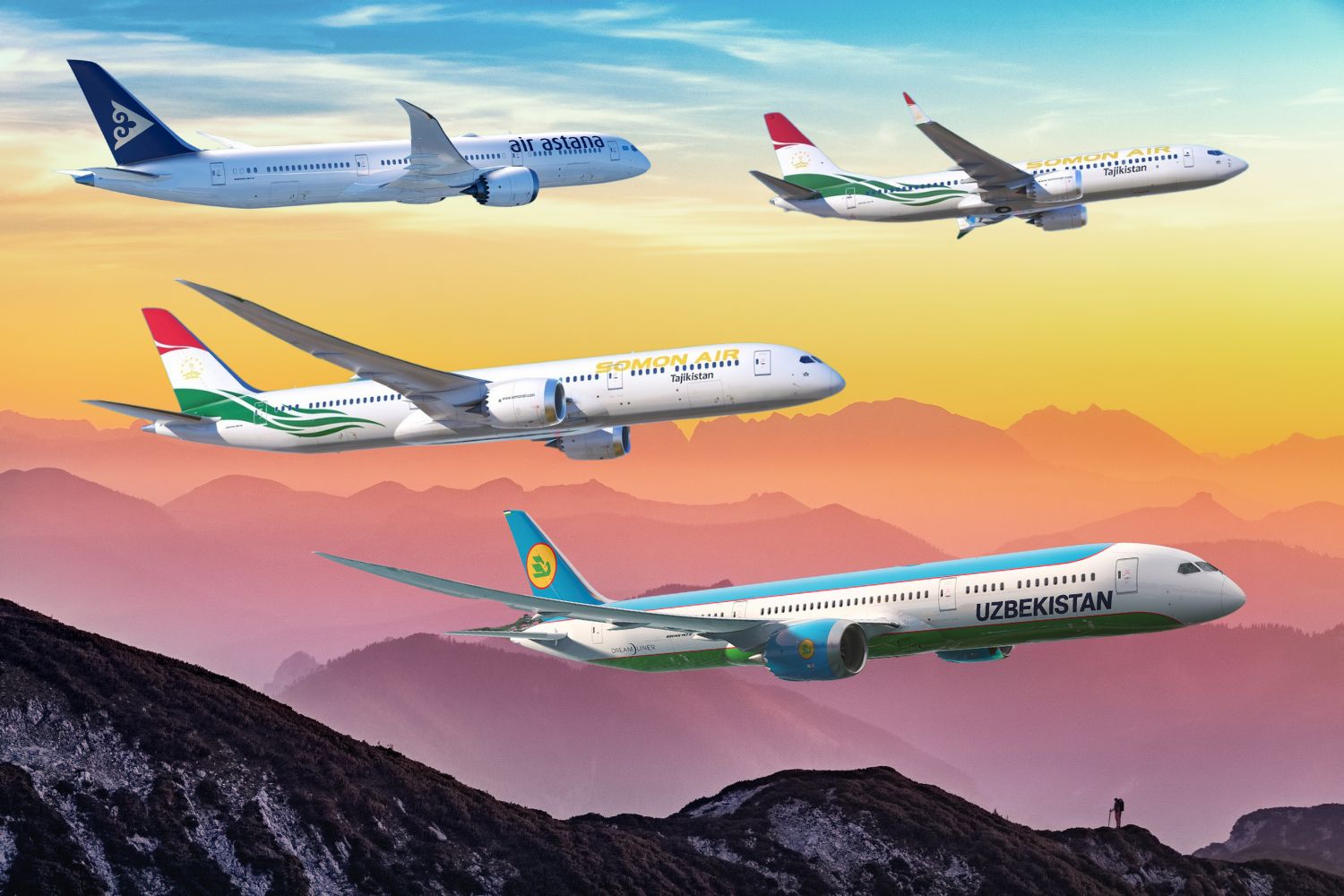
In a series of deals announced in Washington, three Central Asian nations have made sweeping commitments to expand their long-haul fleets with Boeing aircraft.
The orders, finalised on the sidelines of the C5+1 Summit marking the tenth anniversary of the US–Central Asia diplomatic platform, include firm and potential purchases totalling up to 37 Boeing jets by the flag carriers of Kazakhstan, Tajikistan and Uzbekistan.
Announced by the US Department of Commerce, the agreements were described as “strategic partnerships” that will create or sustain thousands of jobs across the American aerospace supply chain. They also underline Boeing’s renewed focus on emerging markets, with Central Asia shaping up as a promising growth corridor between Europe and Asia.
US officials, including President Donald Trump and Secretary of Commerce Howard Lutnick, attended the signing ceremony in Washington on 6 November, joined by the leaders and ministers of the five Central Asian republics.
Discover more Boeing news here.
Boeing aircraft orders boost Central Asia’s growing airlines
At the heart of the announcement are three separate orders reflecting the growing ambition of Central Asia’s rapidly developing airlines.
Kazakhstan’s Air Astana signed an agreement to acquire up to 15 Boeing 787-9 Dreamliners, while Uzbekistan Airways converted existing purchase options into eight firm orders for the same model. Tajikistan’s Somon Air, meanwhile, placed its first-ever order for widebody aircraft, committing to up to 14 Boeing jets, including four Dreamliners and ten 737 MAX aircraft.
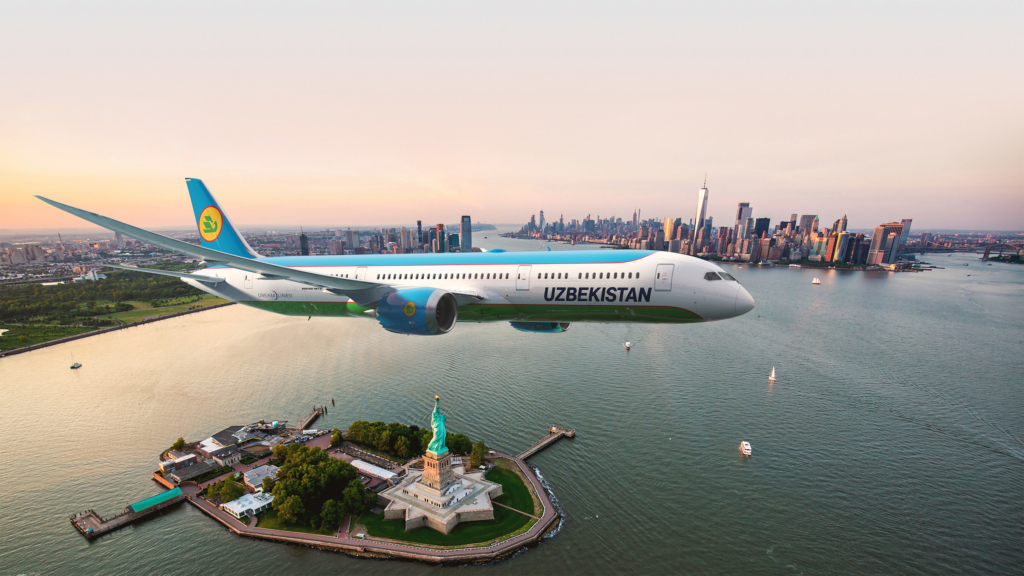
Collectively, these transactions could be worth more than $7 billion at list prices, according to Boeing estimates.
The deals were unveiled as part of the C5+1 Summit, a diplomatic format involving the United States and the five Central Asian states: Kazakhstan, Kyrgyzstan, Tajikistan, Turkmenistan and Uzbekistan. For Boeing, the timing aligns with a wider US strategy to showcase American exports as a cornerstone of Washington’s engagement with the region.
Air Astana expands long-haul network with Boeing 787 Dreamliners
For Air Astana, Kazakhstan’s flag carrier, the new deal marks the largest fleet expansion in its history. The airline plans to use the Boeing 787-9 to open new routes to North America and extend its reach across Asia and Europe.
“Air Astana is strategically committed to boosting its service capabilities from Central Asia and the Caucasus to Asia, Europe and the rest of the world over the next decade,” said Peter Foster, the airline’s chief executive. “The 787-9 Dreamliner, with its fuel efficiency, range and passenger comfort, will be at the heart of this growth.”
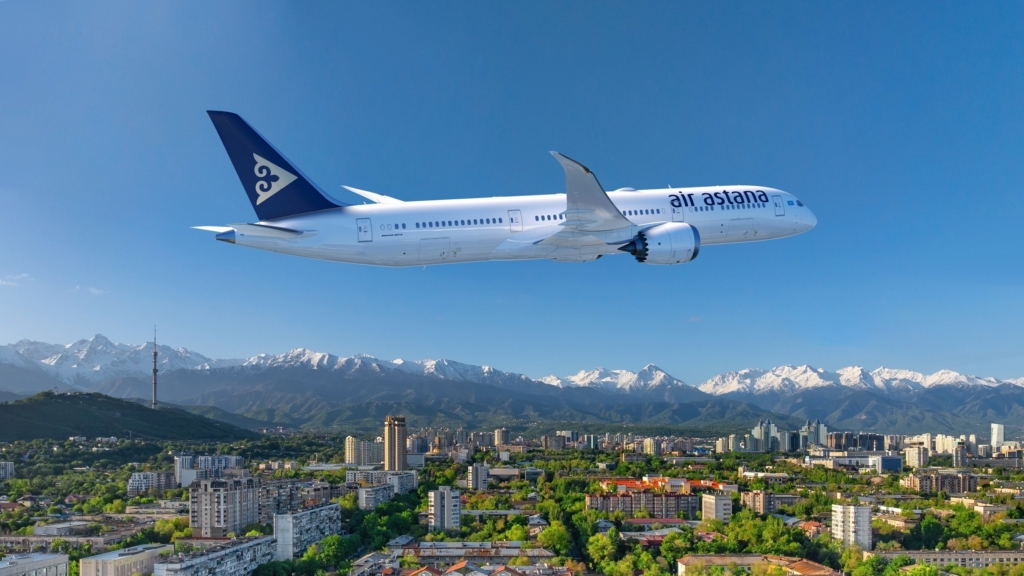
The order includes five firm aircraft, with additional options and purchase rights that could bring the total to 15. Air Astana already has three 787-9s on lease for delivery in 2026–27, meaning its Dreamliner fleet could eventually total 18.
The carrier, which currently operates three Boeing 767s alongside a primarily Airbus fleet, plans to phase out its older aircraft as it transitions to newer, more efficient models.
Boeing’s Vice President for Eurasia and India, Paul Righi, said the partnership reflected Air Astana’s “clear vision for modernisation” and would “boost operational capability while maintaining Central Asia’s connectivity to the global economy.”
Read more: Inside Air Astana’s success
Uzbekistan Airways confirms new Boeing 787 Dreamliner order
Uzbekistan Airways, already the region’s pioneer in long-haul Boeing operations, has deepened its commitment to the 787 platform. The Tashkent-based carrier confirmed the conversion of eight purchase options into firm orders, bringing its total Dreamliner commitments to 22 aircraft.
The signing, witnessed by US Secretary of Commerce Howard Lutnick and Uzbekistan’s Minister of Investment, Industry and Trade Laziz Kudratov, also took place during the Washington summit.
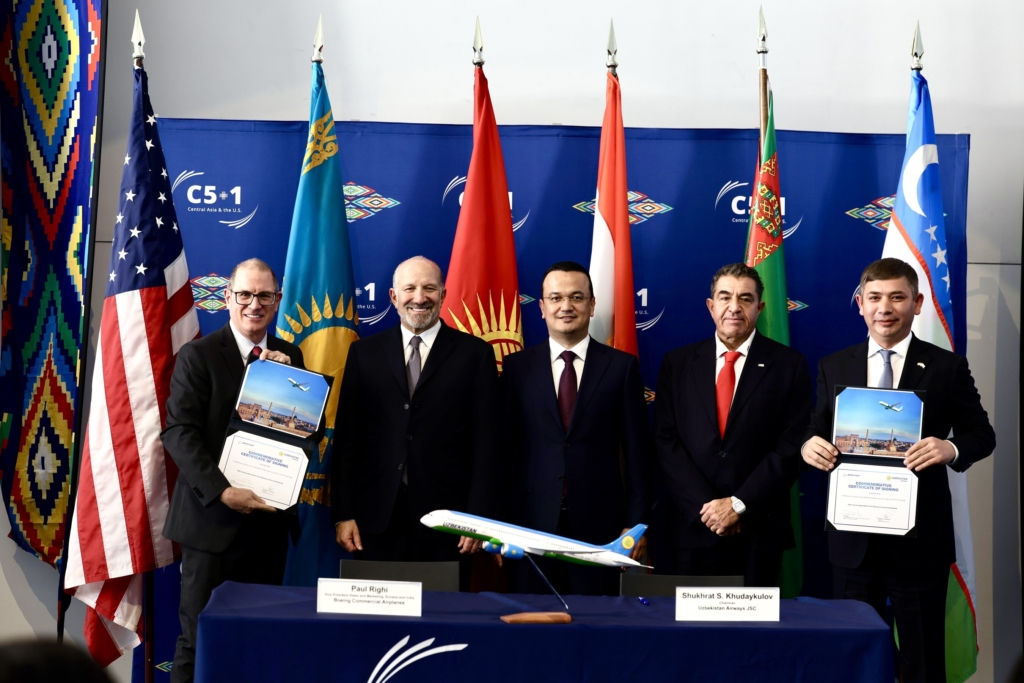
The airline has operated the 787 for nearly a decade and uses it on routes linking Central Asia with Europe, East Asia and North America.
“These ultra-efficient 787-9 airplanes will enable Uzbekistan Airways to expand its international network as part of our long-term growth strategy,” Kudratov said. “The aircraft combines environmental efficiency with passenger comfort, making it the ideal platform for our next phase of development.”
Boeing noted that Uzbekistan Airways’ latest order will help reduce emissions and fuel burn per flight, with deliveries beginning in 2031.
Tajikistan’s Somon Air places first Boeing 787 and 737 MAX orders
Tajikistan’s Somon Air, which currently operates six Boeing 737 Next Generation aircraft on regional routes, is making a bold move into the long-haul market with a commitment for up to 14 Boeing aircraft—four 787-9 Dreamliners and ten 737-8 MAX jets.
It marks the first widebody order in the airline’s history and will enable Somon Air to launch intercontinental services from Dushanbe to Europe and Asia.
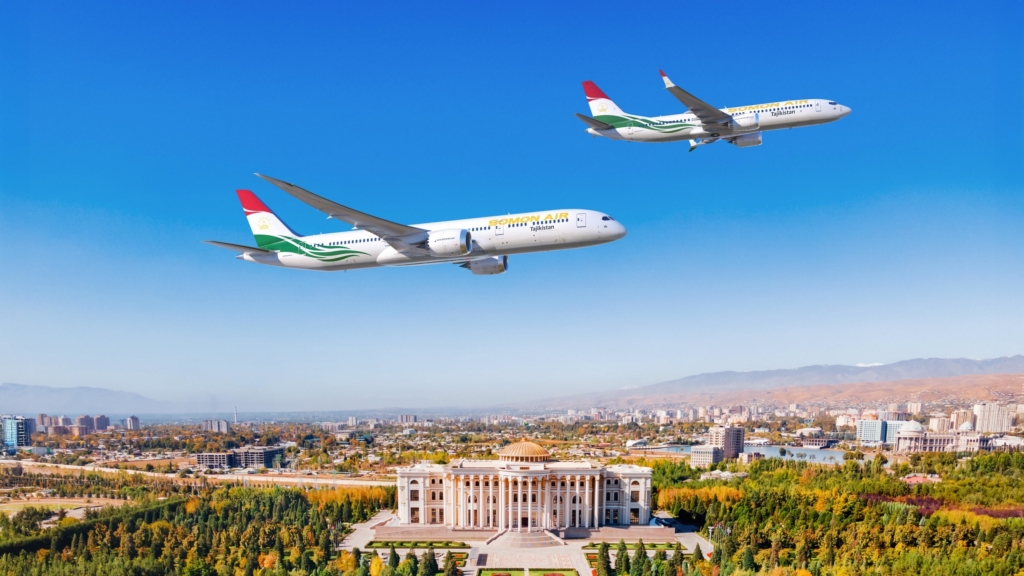
“This is a significant investment for our airline and for Tajikistan’s future in global aviation,” said Abdulkosim Valiev, Somon Air’s chief executive. “We are proud to work with Boeing and confident that both the 787 and 737 MAX families will help us modernise our fleet and deliver greater comfort and reliability to passengers.”
Boeing’s Righi added that Somon Air’s choice was “a vote of confidence in Boeing’s technology and support network,” giving the airline “a flexible foundation for growth.”
Boeing strengthens presence in Central Asia with new airline partnerships
For Boeing, the Central Asian deals come at a pivotal time. The US manufacturer has been rebuilding its global order book following supply-chain disruptions and the temporary grounding of some 737 MAX models.
The company has secured hundreds of orders this year, many linked to government-backed trade missions and high-level diplomatic visits. The Central Asia agreements continue that trend, illustrating Washington’s use of civil aviation as a tool of economic diplomacy.
While commercially significant, the orders also carry political weight. The Trump administration has frequently used major aerospace contracts to highlight its “America First” trade policy, promoting US manufacturing while deepening engagement with partner nations.
The White House said the Boeing announcements “reflect the shared commitment of the United States and Central Asia to economic growth, innovation and regional connectivity.”
The C5+1 platform, launched in 2015, has evolved into a key vehicle for US diplomacy in the region, focusing on trade, security and infrastructure. The inclusion of large aerospace deals in its latest summit underscores aviation’s growing role in that partnership.
Central Asia airlines prepare for global growth with Boeing 787 jets
For the Central Asian republics, these Boeing deals represent more than fleet renewal—they are statements of intent. The region’s carriers are preparing to compete on global routes, positioning their capitals as transit hubs between East and West.
With long-range aircraft such as the 787-9 entering service, airlines like Air Astana, Uzbekistan Airways and Somon Air will soon operate non-stop flights to Europe, North America and the Far East—routes that once required stopovers.
As one senior aviation analyst in Almaty observed: “For the first time, Central Asia’s airlines are thinking globally. These orders show they want to be players, not just passengers, in international aviation.”
